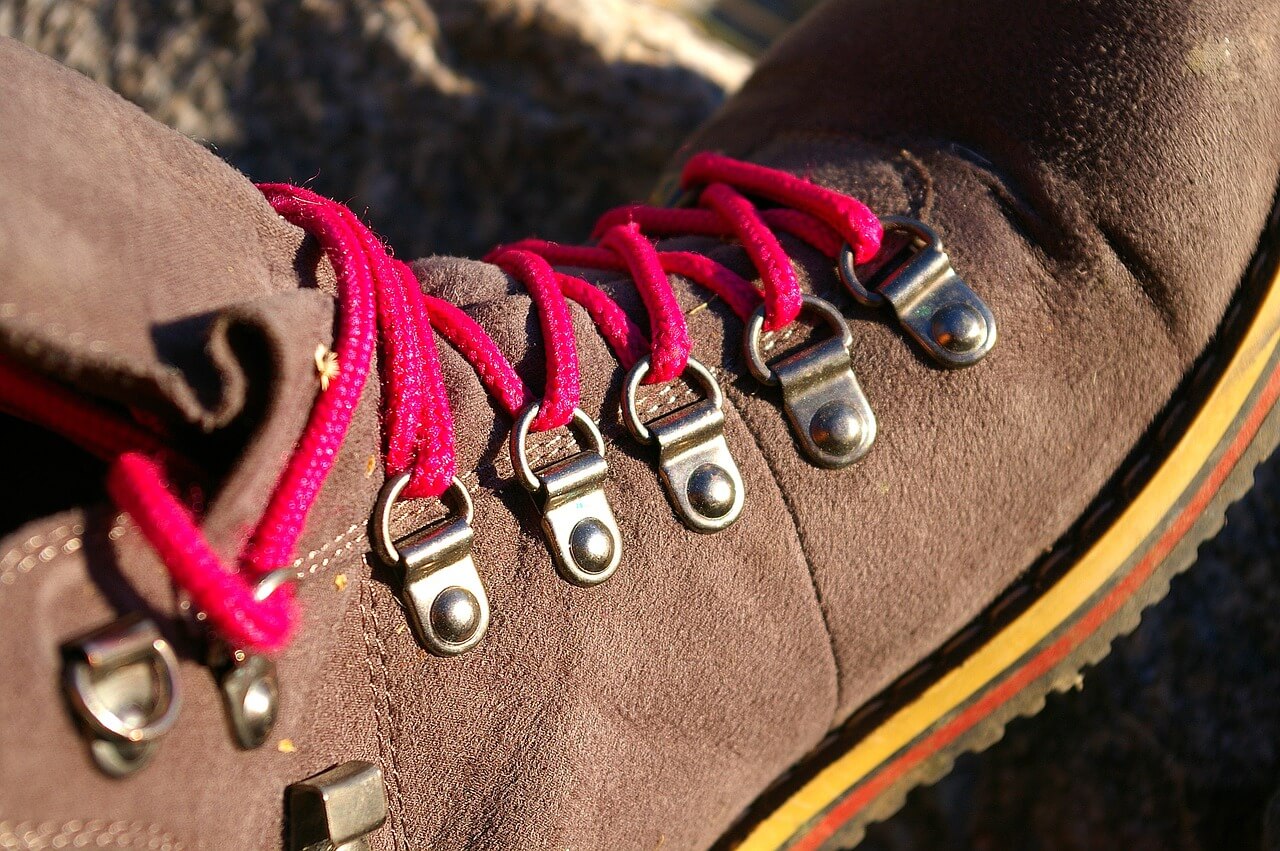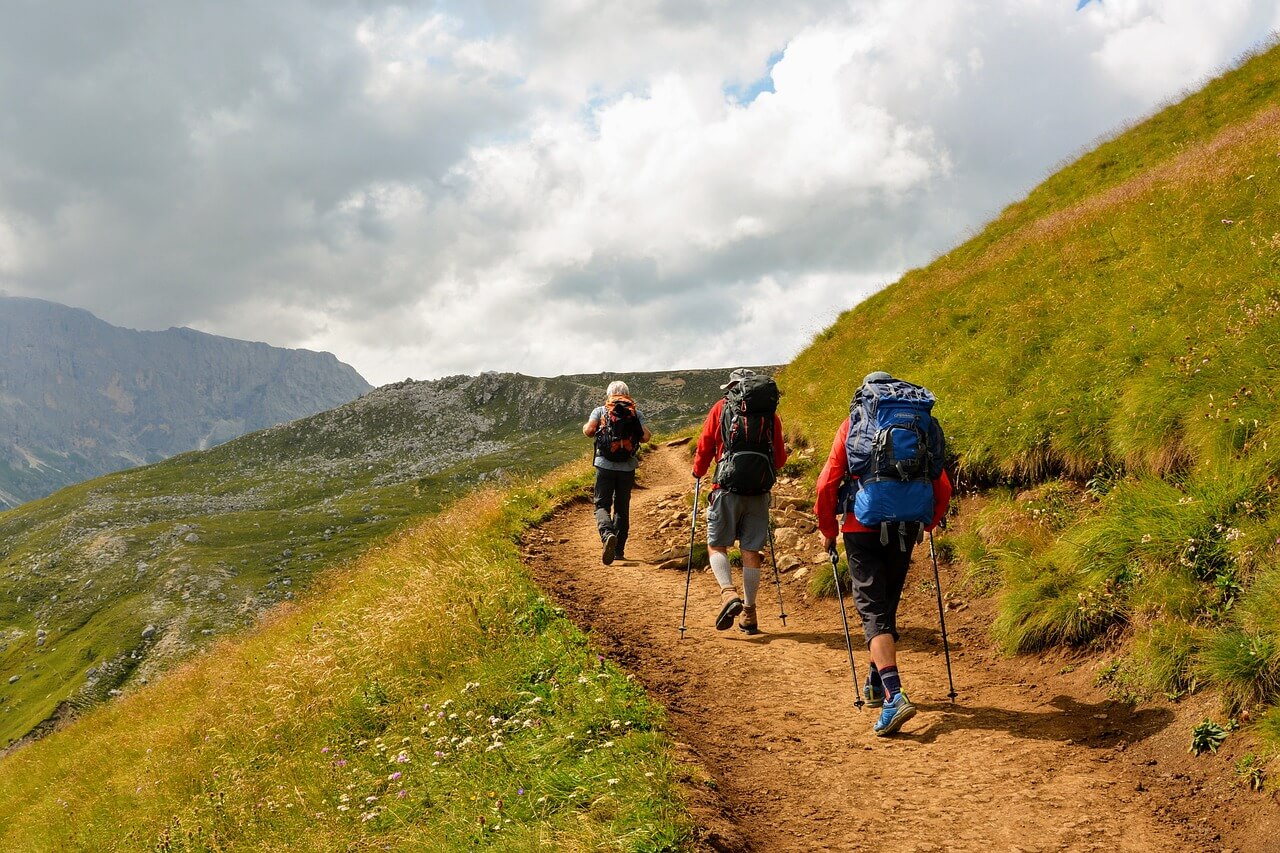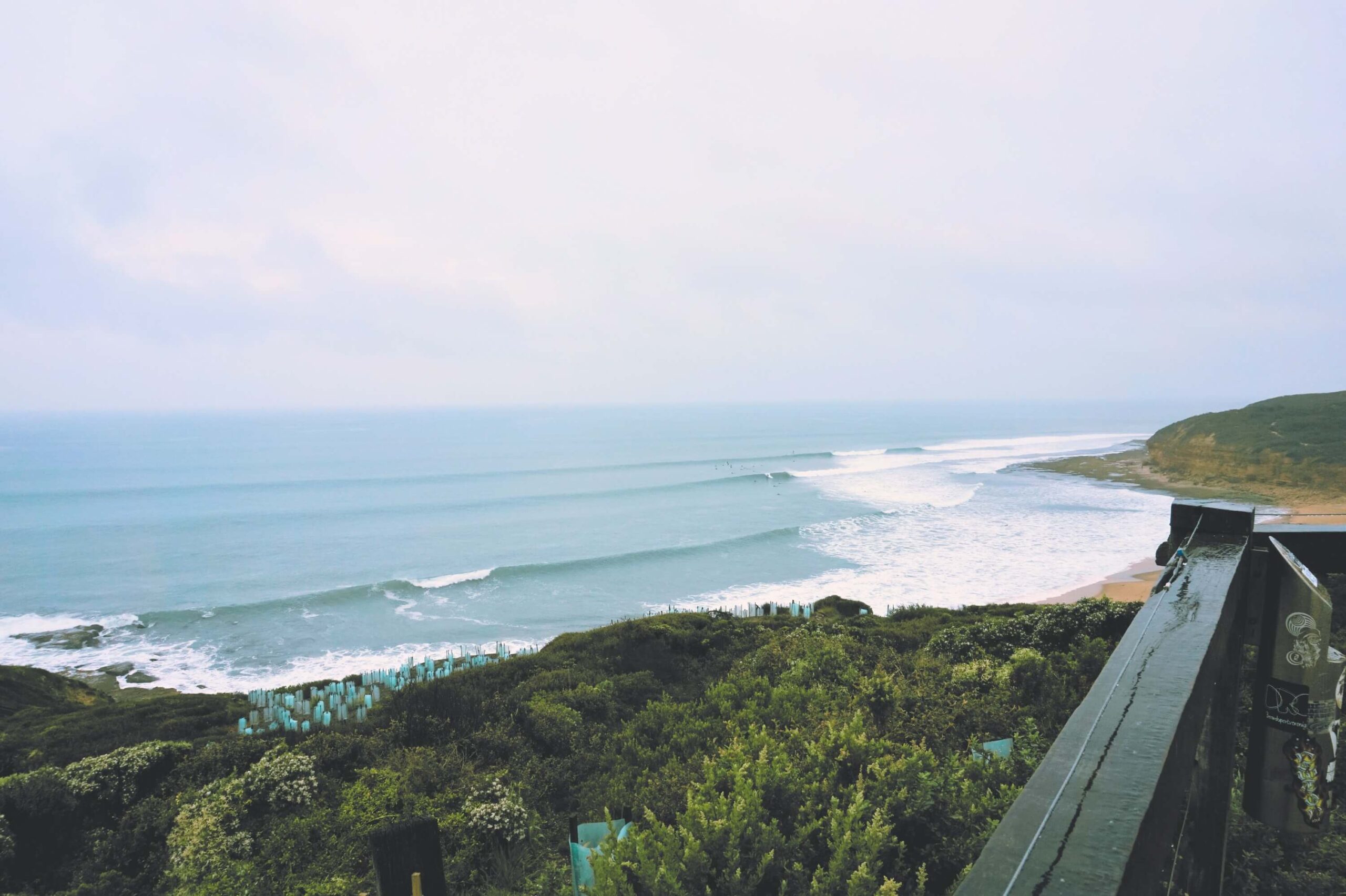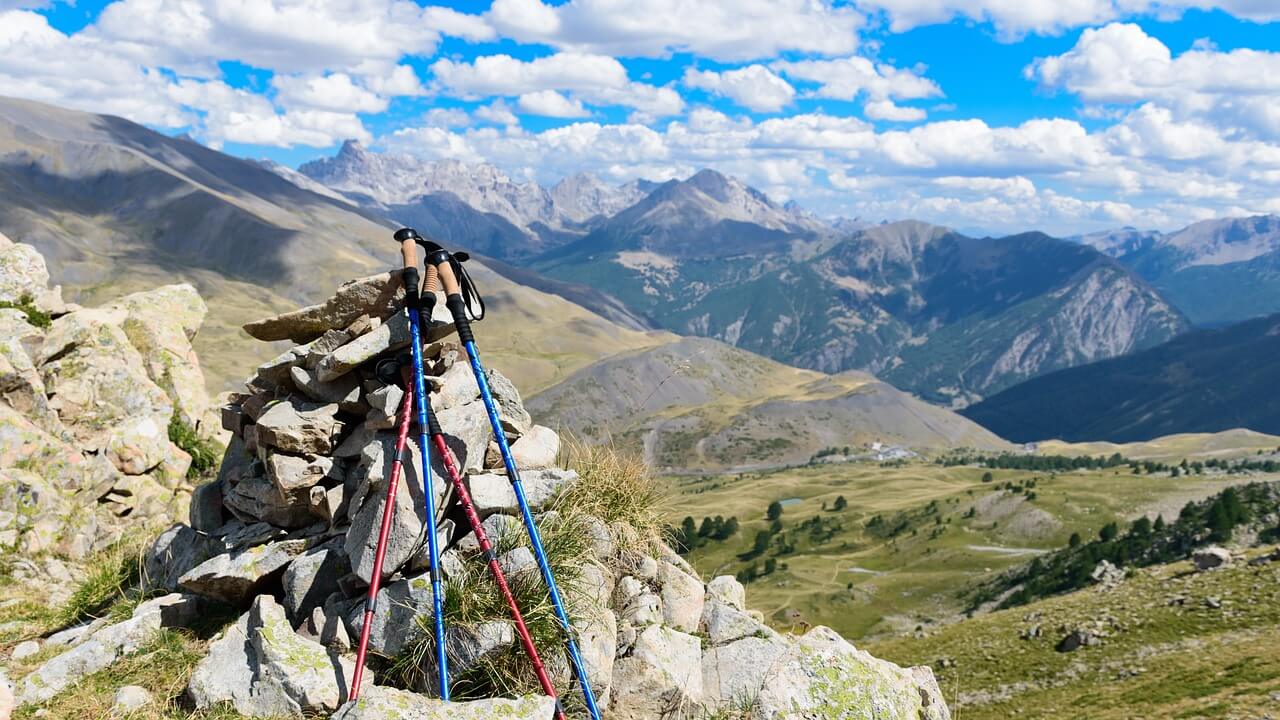

guide for trekking
Trekking vs Hiking
What is the difference between hiking and trekking?
-
The main difference between trekking and hiking lies in the duration, terrain, and level of preparation required. Trekking is a more intense activity that often spans multiple days and takes place in remote or rugged environments, necessitating thorough planning and self-sufficiency. In contrast, hiking is typically a day activity on marked trails and is more accessible for people of various fitness levels. Understanding the difference between trekking and hiking is essential for outdoor enthusiasts looking to tailor their adventures to their preferences and capabilities.
Table of Contents
1. Distance Difference or Itinerary Difference
-
Hiking :
Typically involves shorter distances that can be completed within a single day, ranging from a few kilometers to about 20 kilometers (12 miles) or more, depending on the hiker’s pace and the trail’s difficulty. Hikes usually begin and end at the same point or at a different point with easy access back to the starting point or to accommodations.
-
Trekking :
Involves longer distances that require multiple days to complete, often covering vast and often remote areas. Treks can span from 30 kilometers (about 19 miles) to hundreds of kilometers, traversing multiple types of terrain. Trekkers may follow a loop or a point-to-point itinerary, often moving from one campsite or lodging to another each day.
2. Difficulty Level
-
Hiking :
The difficulty can vary widely but generally includes well-marked and maintained paths. Hiking trails are graded from easy walks suitable for most fitness levels, to more strenuous hikes that may involve significant elevation gain and rough terrain.
-
Trekking :
Generally, it’s more challenging than hiking due to the longer distances, more rugged terrain, and the need to be self-sufficient. Treks often involve navigating unmarked paths, steep ascents, and descents, and possibly dealing with challenging weather conditions over an extended period.
3. Schedule Differences
-
Hiking :
Usually done within a day. Hikers might start in the morning and return by evening, making it a suitable activity for people looking for a short adventure that doesn’t require a significant time commitment.
-
Trekking :
Requires a more extensive time commitment, from several days to weeks. Trekkers need to manage longer daily distances, rest periods, meals, and overnight stays in various accommodations or camping sites.
4. Differences in Required Equipment
Hiking :
Equipment is relatively minimal and includes good hiking shoes or boots, a backpack with water, snacks, a first-aid kit, and depending on the length and location, possibly a map and weather-appropriate clothing.
-
Trekking :
Requires more extensive gear to accommodate multiple days in potentially changing weather conditions. This includes a larger backpack, a sleeping bag, a tent (if camping), cooking equipment, food and water supplies (or water purification methods), and possibly specialized clothing and footwear for rugged terrain.
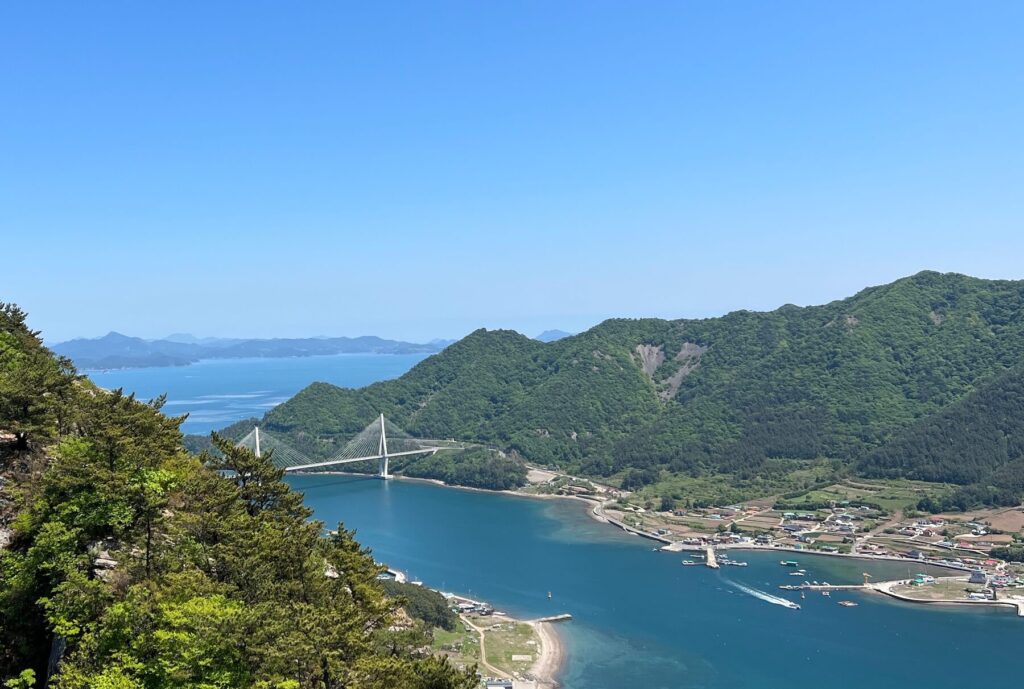
5. Backpacking and Its Difference from Trekking
-
Backpacking :
is an extended form of hiking that involves carrying all necessary gear in a backpack to camp overnight or for multiple nights, often on trails or in wilderness areas. It shares similarities with trekking in terms of duration and self-sufficiency. However, backpacking specifically emphasizes the camping aspect, where the journey includes one or more overnight stays in the backcountry, often moving from campsite to campsite.
-
Difference Between Trekking and Backpacking :
The main difference lies in the focus of the activity. Trekking is focused on long-distance walking in challenging terrains and remote areas, often with the goal of reaching a particular destination or covering a specific trail. Backpacking, while also involving long-distance walking, places a greater emphasis on the camping experience, self-sufficiency in the wilderness, and the journey itself rather than the destination. Backpackers carry all their gear, including camping and cooking equipment, making it a more immersive wilderness experience. Trekking might sometimes use established lodges or hostels, reducing the need to carry as much gear.
6. Preparation for trekking and hiking
The preparation process for trekking and hiking does have some notable differences, mainly due to the duration, terrain, and remoteness associated with each activity. Here’s a breakdown of how preparation differs between the two:
Hiking Preparation :
Research and Planning :Shorter hikes require less intricate planning. You’ll need to choose a trail that matches your fitness level, check the weather, and be aware of the park or trail system’s hours and regulations.
Gear : Essential gear includes comfortable, sturdy footwear, a backpack, water, snacks, basic first-aid supplies, a map and compass (or a GPS device), and appropriate clothing for the weather. For day hikes, a simple hydration system and a few layers of clothing are usually sufficient.
Safety : Familiarize yourself with the trail through maps or a hiking app, let someone know your plan and expected return time, and carry a basic first aid kit and a means of communication.
-
Trekking Preparation :
Research and Planning :Preparation for trekking is more extensive, involving route planning over several days, securing permits if necessary, understanding the best season to go, and planning for overnight accommodations, whether camping or staying in lodges/hostels.
Gear : In addition to hiking gear, trekking requires gear for multiple days. This includes a larger backpack, sleeping bag, tent (if camping), cooking equipment, food and water supplies for several days (or means to purify water), and possibly more specialized clothing and footwear for varied terrain and weather conditions.
Physical Preparation : Because trekking involves longer distances with potentially challenging terrain, a higher level of physical fitness is required. It’s advisable to undertake a training regimen that includes cardio, strength training, and endurance exercises.
Safety and Navigation : For remote treks, understanding navigation with a map, compass, or GPS device is crucial, as is knowledge of basic wilderness survival skills. It’s also important to have a more comprehensive first aid kit and possibly emergency communication devices like a satellite messenger or personal locator beacon.
-
Key Differences in Preparation :
Duration and Complexity :Trekking requires accounting for multiple days of walking, sleeping arrangements, and possibly changing weather conditions, making the planning phase more complex.
Equipment and Supplies : The need to be self-sufficient over several days adds to the list of necessary trekking equipment, including items for overnight stays and cooking.
Fitness and Skills : The physical demands of trekking and the potential for encountering challenging terrain mean that trekkers must be in good shape and have some basic outdoor survival skills, in addition to being prepared for longer distances.
Overall, while both hiking and trekking share the fundamental need for planning and preparation, trekking demands a more in-depth approach due to its extended nature and the varied challenges it presents.

